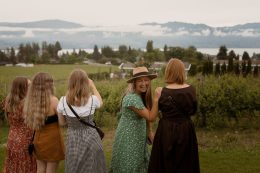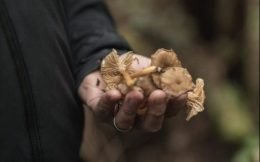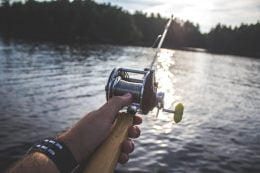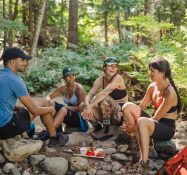Backcountry Snow Safety
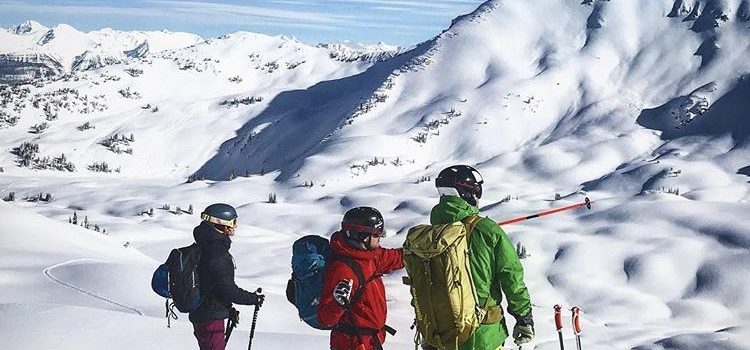
An Introduction
A bluebird sky above your head. Champagne powder at your feet. Crisp air in your lungs. Stillness in the air. Having the backcountry snow safety knowledge necessary in your brain. Nothing beats the feeling of a perfect day in Canada’s backcountry.
One of the best things about a Canadian winter is the ability to get involved in outdoor activities. Whether you’re interested in skiing, snowboarding, snowshoeing, hiking or otherwise, there are plenty of opportunities to get outside and into the big wild we have in our backyard.
But in the midst of endless excitement, we sometimes forget about safety- which is crucial to the outdoor experience.
Anytime you get into the backcountry, you should be properly prepared. During the winter season this includes having awareness for events like avalanches. You are just as susceptible to avalanche exposure if you’re out snowshoeing as you would be if you were out ski touring.
We sat down with one of our certified Locals and North Shore Search and Rescue team lead, FX Gagnon, to get the inside scoop on what someone new to the outdoors should know before going backcountry! Read on for all the details.

From @fx_the_guide on Instagram
Go With a Guide
FX: “Going with an instructor/guide will give you the most accurate and thorough information about avalanche safety. They will also help ease you into new experiences and get you outside your comfort zone (if that’s what you’re looking for!).
Getting into the backcountry with a professional who can act as a mentor and help you evolve your skills (ex. avalanche safety, route finding, navigation and glacier travel), is important to backcountry safety for someone new to the environment.”
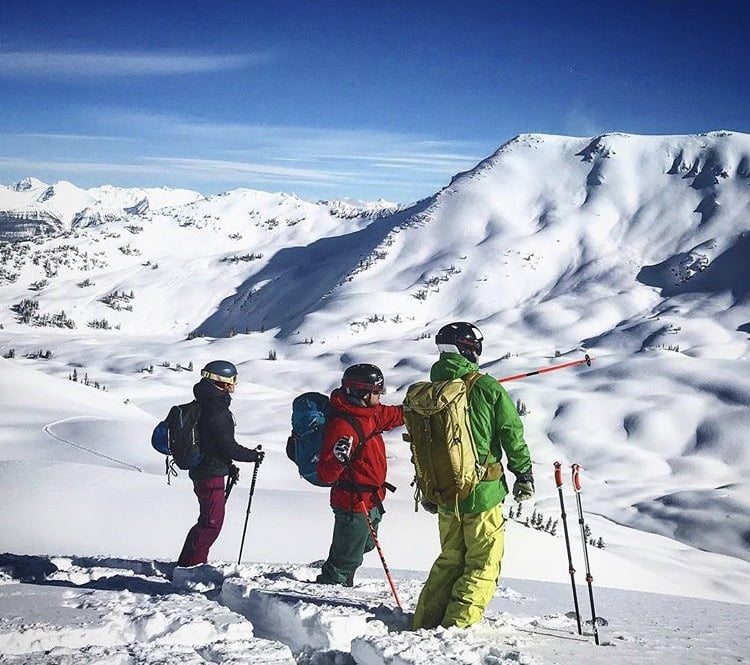
From @canrockguides on Instagram
Be Prepared
Use AdventureSmart’s Three T’s to trip planning to start your backcountry preparation:
- Trip Plan
- Plan your travel route
- Know the terrain and conditions
- Check the weather
- Always fill out a trip plan
- Train
- Obtain the knowledge and skills you need before heading out.
- Know and stay within your limits.
- Take the Essentials
Always carry the essentials and know how to use them:
- Flashlight
- Fire making kit
- Signalling device (i.e. whistle)
- Extra food and water
- Extra clothing
- Navigational/communication devices
- First aid kit
- Emergency blanket/shelter
- Pocket knife
- Sun protection
Add other equipment specific to your chosen activity, season and location.

What’s Your Hook?
FX loves the freedom travelling on snow, across mountains, gives him. Being away from the big crowds and getting moments of pure bliss while on amazing powder runs is his hook for returning back to the big wild every winter season.
Separate from backcountry skiing, he’s also hooked on the backcountry because it forces him to become a jack of all trades in mountain expertise. He is experienced in navigation, snow science, weather patterns, search and rescue, skiing and more because of his love for the backcountry.

From @tristenohetherington on Instagram
Backcountry Snow Safety: The #1 Takeaway
FX: “Learning backcountry skills takes time and experience. If you’re heading into the backcountry (for the first time or the 50th) remember these points:
- Get trained.
- Bring (at minimum) safety equipment: probe, shovel and transceiver.
- Know the avalanche and weather forecast ahead of time.
- Plan your trip (use the AdventureSmart 3 T’s).
- Use good snow travel habits.”
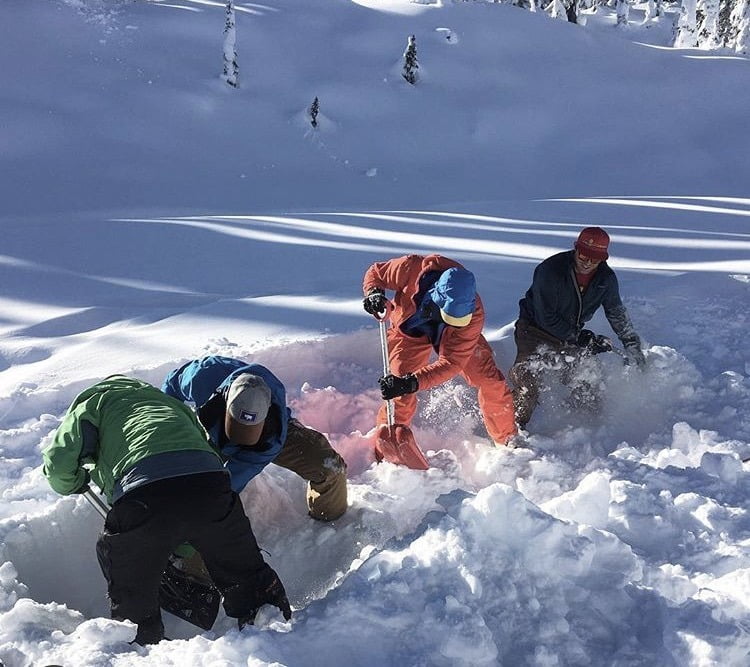
From @canrockguides on Instagram
Learn More About Backcountry Snow Safety
The best way to gain knowledge is by learning from someone who already has the knowledge. Get into the field and learn firsthand all you need to know by doing! Take your Avalanche Skills Training Level 1 followed by a Managing Avalanche Terrain work field day. Then, after a season or two, get your Level 2 training.
Educators such as FX try to inform and give their students the tools to facilitate good decision making. Some of the things you’ll learn in these courses:
- Recognizing avalanche terrain.
- Managing your way in or around avalanche terrain.
- Recognizing how, where and when to avoid getting caught in an avalanche.
- Conducting an efficient companion avalanche rescue to ensure the odds are on your side.
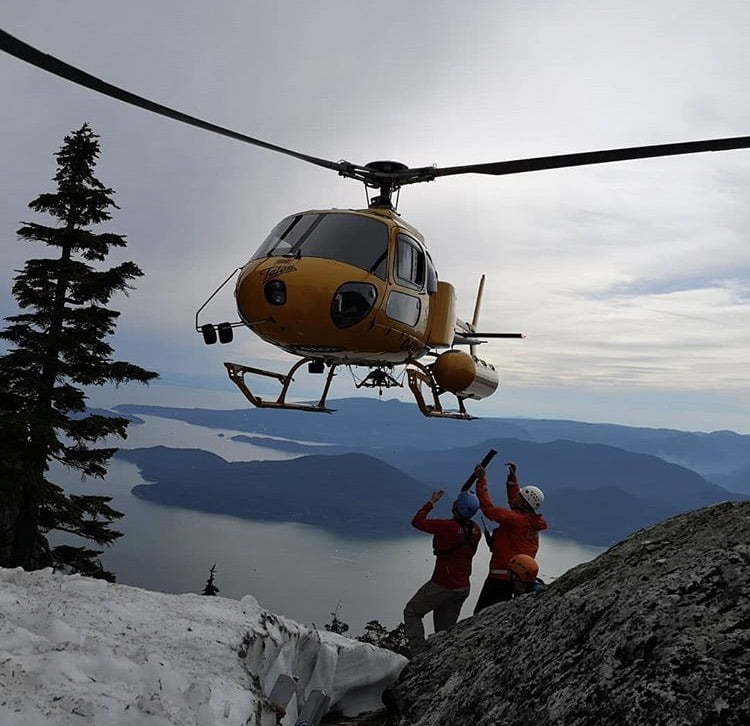
From @fx_the_guide on Instagram
We’ve said it before, and we’ll say it again. Backcountry snow safety is paramount. Learning all of the ins and outs is a process, so remember that you can take it a course and experience at a time. By going with a guide, you can see where your knowledge is and what you need to learn.
Experiencing the Canadian backcountry is a must! So get prepared, let us know what you’re excited for, and we’ll see you in the big wild.
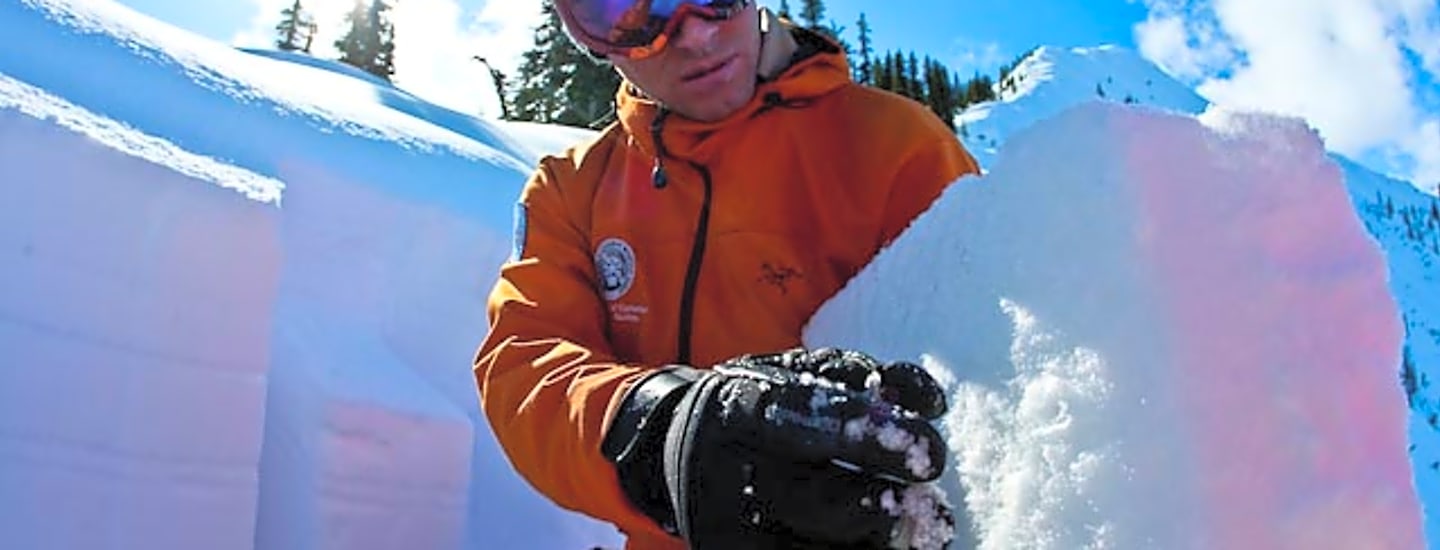
CANMORE, AB
AVALANCHE SKILLS TRAINING 1
Do you venture out of bounds at the resort, off the hiking trails or into the backcountry of the mountains during winter? If so, an Avalanche Skills Training Course Level 1 (AST 1) is your place to start. You don’t need any experience to take this course. It is a must for everyone recreating in the backcountry or slack country.
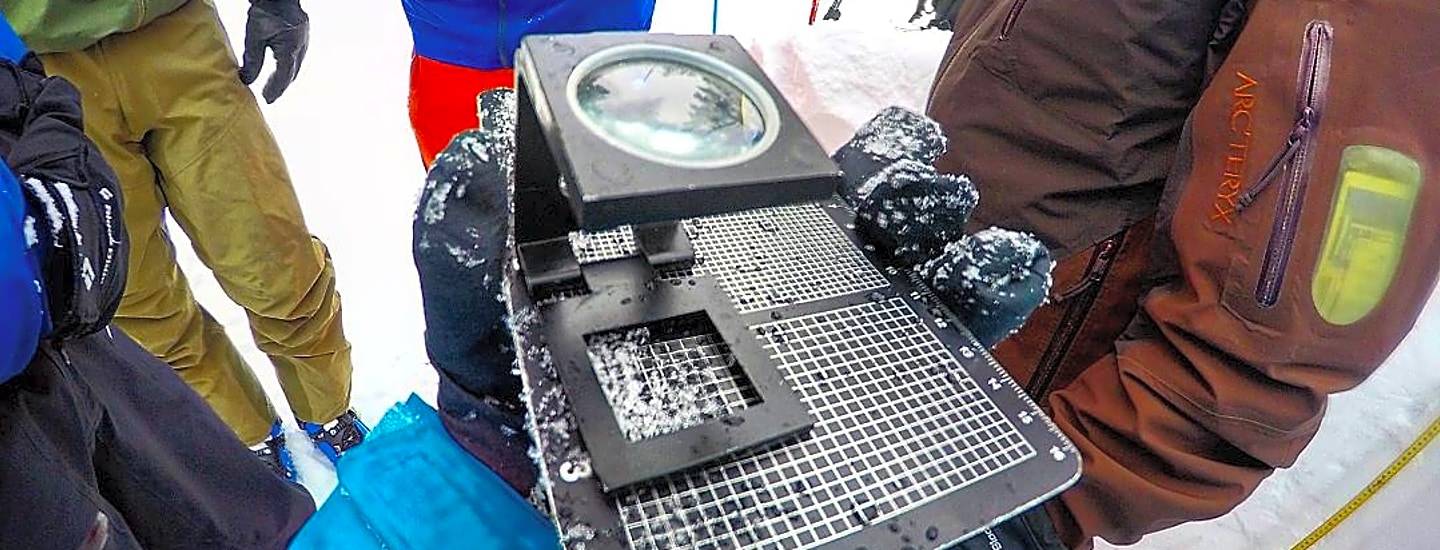
VANCOUVER, BC
AVALANCHE SKILLS TRAINING 1
Our unique approach to the Avalanche Skills Training Level 1 course has you in the classroom two evenings during the week and one day in the field. The AST1 course will equip you with the basic core knowledge and skills to start your backcountry skiing season safely.

